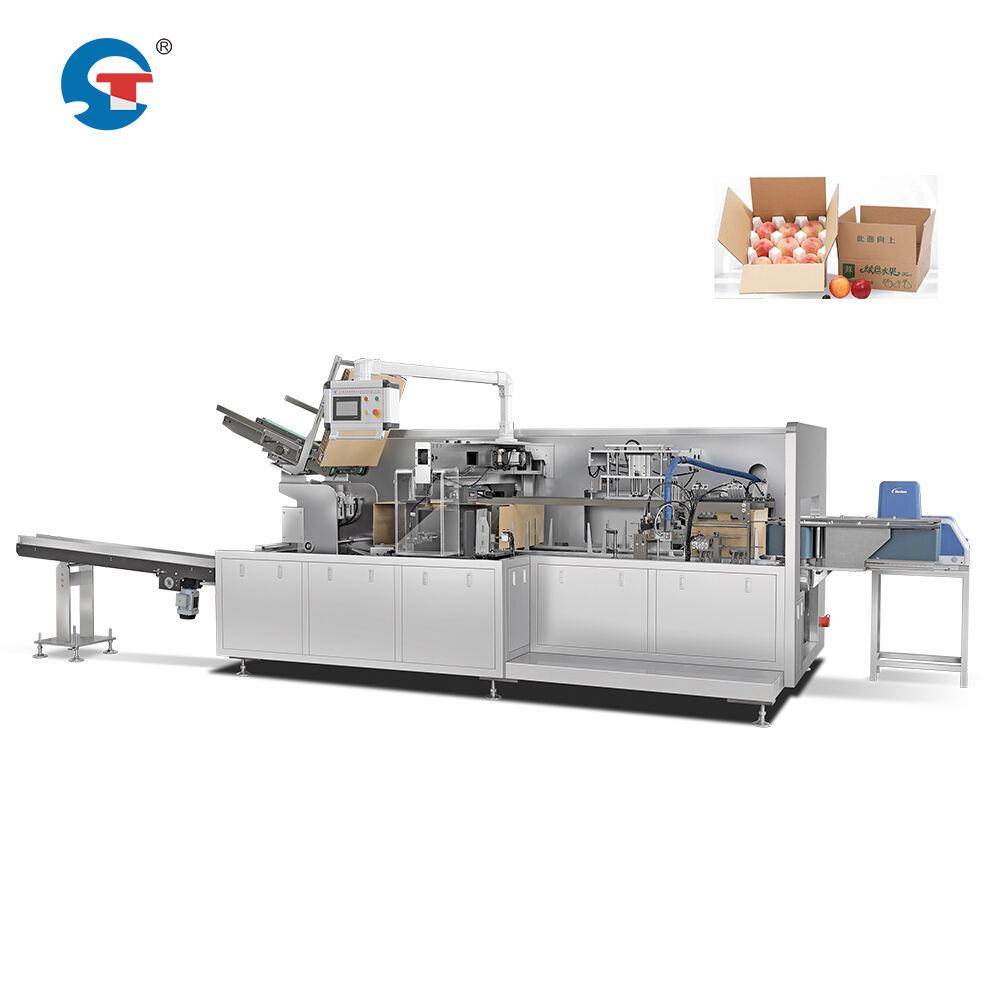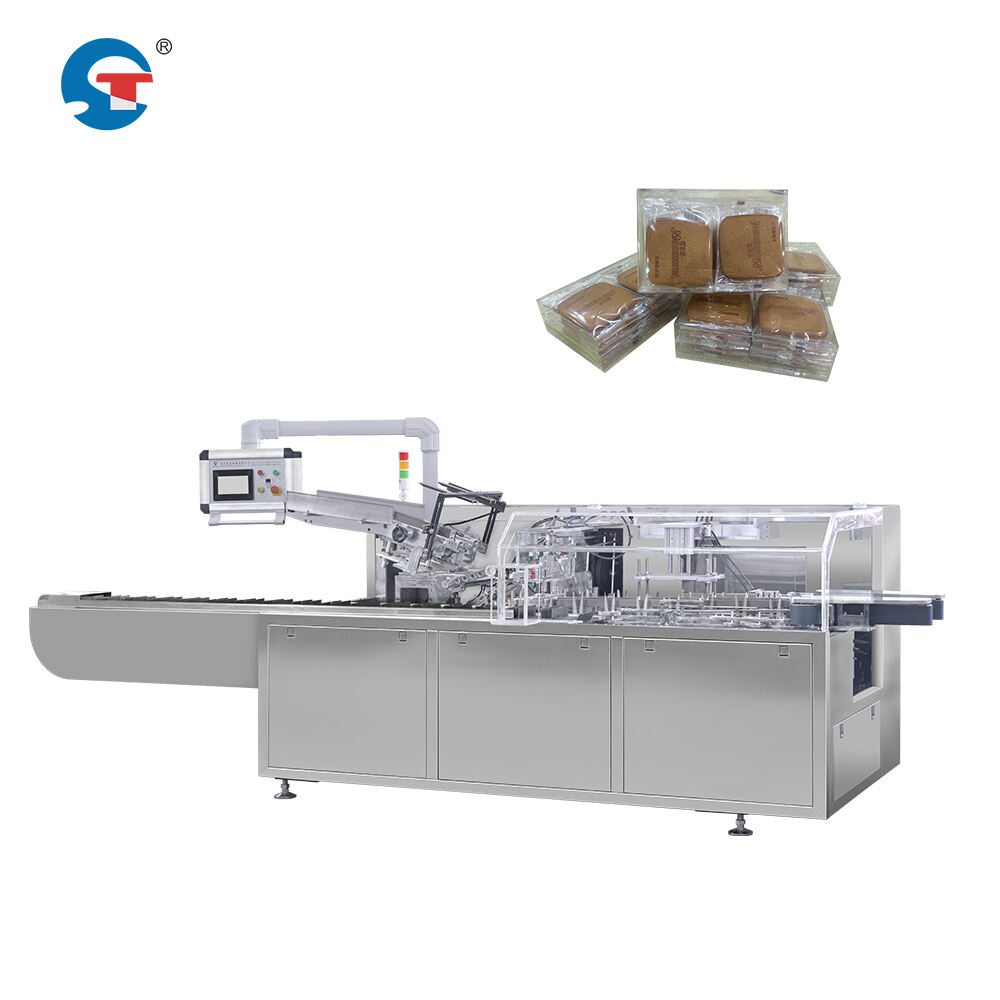Ensuring Efficiency and Quality in Your Food Packaging Process
Choosing the right food packaging equipment is one of the most important decisions for any production line. The right solution ensures your products are safe, fresh, and presented in a way that reflects your brand's quality. From small-scale operations to large manufacturing plants, food packaging equipment plays a vital role in maintaining consistency and efficiency. Without it, even the best products can lose their appeal and market value. That’s why understanding the factors that influence your choice is critical.
When carefully selected, food packaging equipment can improve workflow efficiency, reduce waste, and ensure every package meets strict safety and quality standards. Businesses that invest in the right machinery benefit from faster turnaround times, fewer errors, and better scalability as they grow.
Understanding the Role of Food Packaging Equipment
Meeting Production Requirements
Food packaging equipment must match your production capacity and speed requirements. A mismatch can lead to inefficiencies, bottlenecks, or product spoilage. For high-volume operations, automated systems can handle continuous runs without sacrificing quality. Smaller businesses may benefit from semi-automatic machines that offer flexibility while keeping costs manageable. Assessing your daily output and growth plans is essential to choosing equipment that meets current and future needs.
Maintaining Product Integrity
The primary goal of food packaging equipment is to protect the product from contamination, damage, and spoilage. This includes maintaining temperature control for perishable goods, ensuring airtight sealing, and using materials that comply with food safety standards. Reliable sealing and wrapping processes can significantly extend shelf life, reduce returns, and improve customer satisfaction. High-quality equipment ensures that every unit is packaged to the same standard, reinforcing brand trust.

Types of Food Packaging Equipment
Filling and Sealing Machines
Filling and sealing machines are essential for products like sauces, snacks, and beverages. They ensure accurate portioning and tight seals to maintain freshness. Options range from vacuum sealers for preserving meat and cheese to form-fill-seal systems for high-speed snack packaging. Choosing the right filling and sealing equipment helps control product waste and guarantees that every package looks uniform.
Wrapping and Labeling Machines
Wrapping machines protect products during transportation, while labeling machines ensure that all legal and branding information is clearly displayed. A good labeling system enhances product appeal and communicates critical details such as ingredients, nutritional value, and expiration dates. In competitive markets, clear and attractive labeling can be the deciding factor in a customer’s purchase decision.
Factors to Consider When Choosing Food Packaging Equipment
Production Volume and Scalability
Matching your equipment to current production volumes is crucial, but scalability should also be part of your decision. As demand increases, your food packaging equipment should adapt without requiring complete replacement. Modular machines allow for easy upgrades to meet higher production goals.
Packaging Material Compatibility
Not all machines work with every packaging material. Whether you use plastic, paper, foil, or biodegradable materials, ensure the equipment can process them efficiently. Incompatibility can lead to machine downtime, poor seals, or wasted materials. Testing the equipment with your preferred packaging material before purchase is a wise step.
Enhancing Efficiency Through Automation
Reducing Labor Costs
Automated food packaging equipment can drastically reduce labor costs. By handling repetitive and physically demanding tasks, automation frees your workforce to focus on quality control and operations management. This not only improves productivity but also reduces the risk of workplace injuries.
Improving Speed and Consistency
Automation ensures every package meets the same quality standards, eliminating human error and variability. Consistent packaging boosts brand recognition and customer loyalty. Faster packaging speeds also mean you can meet tight delivery schedules and respond to sudden surges in demand.
Ensuring Compliance and Safety
Meeting Regulatory Standards
Food packaging equipment must comply with hygiene, safety, and labeling regulations. Machines designed for easy cleaning help maintain sanitary conditions and minimize the risk of contamination. Compliance not only protects consumers but also shields your business from legal liabilities.
Protecting Consumer Health
The right food packaging equipment ensures all seals are secure and protective measures are in place to prevent exposure to air, moisture, and bacteria. This is especially important for perishable products that require temperature control and airtight packaging.
Adapting to Market Trends
Eco-Friendly Packaging
Sustainability is increasingly important to today’s consumers. Food packaging equipment capable of handling biodegradable or recyclable materials positions your brand as environmentally responsible. This shift can attract eco-conscious customers and support corporate sustainability initiatives.
Customization and Branding
Modern equipment often includes features for customization, such as printing logos, promotional messages, or QR codes directly on the packaging. This adds marketing value and allows brands to stand out in crowded store aisles. Flexibility in packaging design can also help launch seasonal products more effectively.
Cost Considerations
Balancing Quality and Budget
While cost is a significant factor, focusing solely on the lowest price can result in higher long-term expenses from breakdowns or inefficiencies. Investing in reliable food packaging equipment ensures smoother operations, fewer interruptions, and better returns.
Energy Efficiency
Energy-efficient food packaging equipment reduces utility bills and supports environmental goals. Machines designed with lower energy consumption also contribute to a smaller carbon footprint without sacrificing performance.
Long-Term Maintenance and Support
Availability of Spare Parts
Before committing to a purchase, evaluate the availability and affordability of spare parts. Quick access to replacements minimizes downtime and keeps production on track.
Technical Support and Training
The best suppliers offer training programs and responsive technical support. Proper training ensures your team can operate and maintain the equipment correctly, leading to fewer errors and longer equipment lifespan.
FAQ
What factors should I prioritize when selecting food packaging equipment?
Focus on production capacity, packaging material compatibility, automation potential, and compliance with safety standards.
Can food packaging equipment handle multiple product types?
Many modern machines are designed for flexibility, allowing quick changeovers between different products, sizes, and packaging formats.
How often should food packaging equipment be serviced?
Maintenance schedules vary based on usage, but preventive servicing every few months helps ensure optimal performance and prevent breakdowns.
Is eco-friendly packaging equipment worth the investment?
Yes, especially as consumer demand for sustainable packaging grows. Equipment that works with eco-friendly materials can boost brand image and market reach.
Table of Contents
- Ensuring Efficiency and Quality in Your Food Packaging Process
- Understanding the Role of Food Packaging Equipment
- Types of Food Packaging Equipment
- Factors to Consider When Choosing Food Packaging Equipment
- Enhancing Efficiency Through Automation
- Ensuring Compliance and Safety
- Adapting to Market Trends
- Cost Considerations
- Long-Term Maintenance and Support
- FAQ

